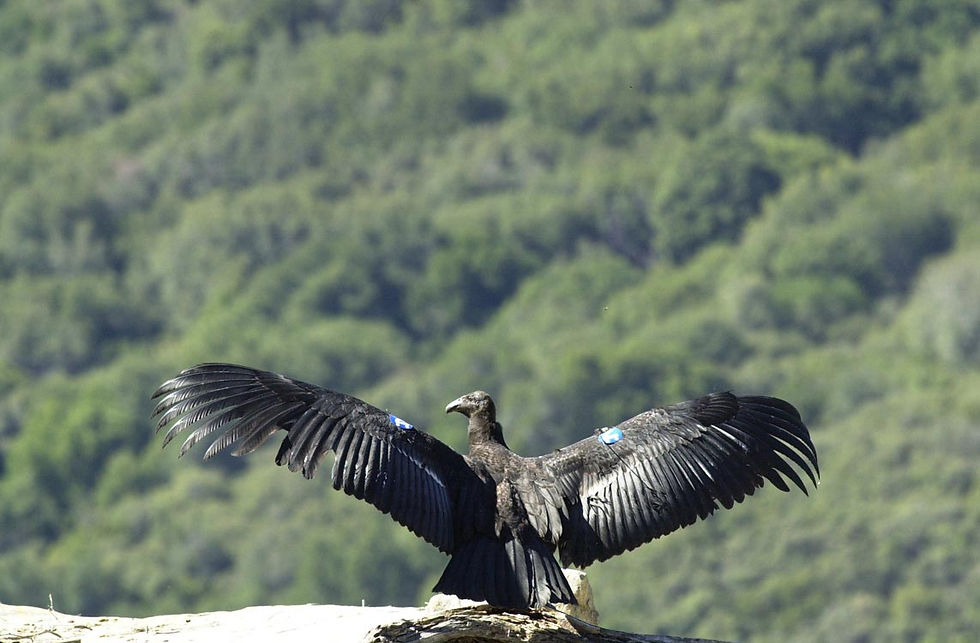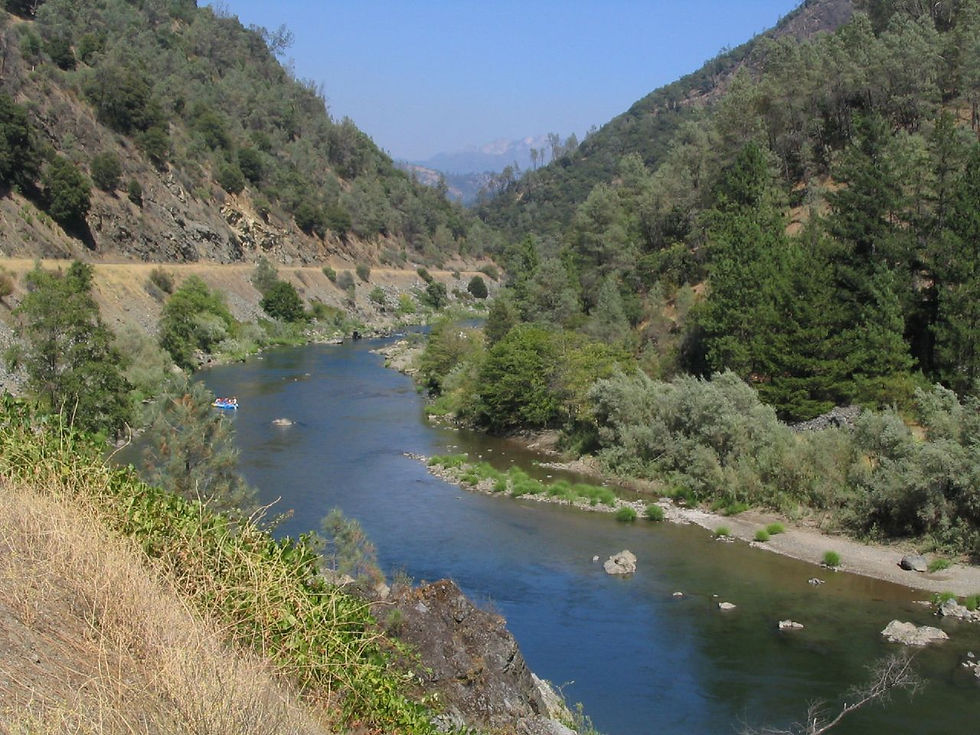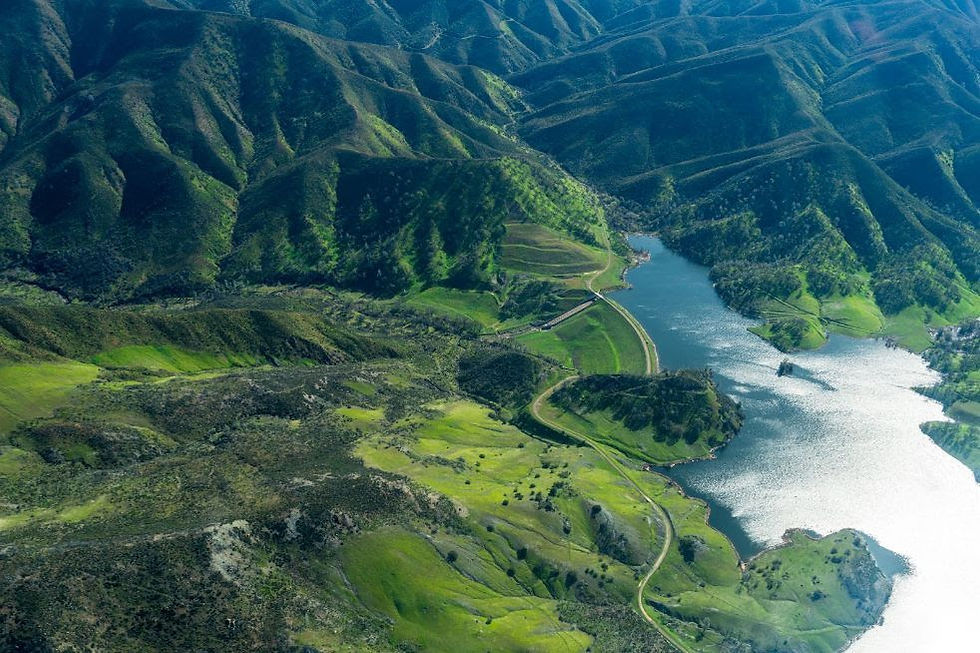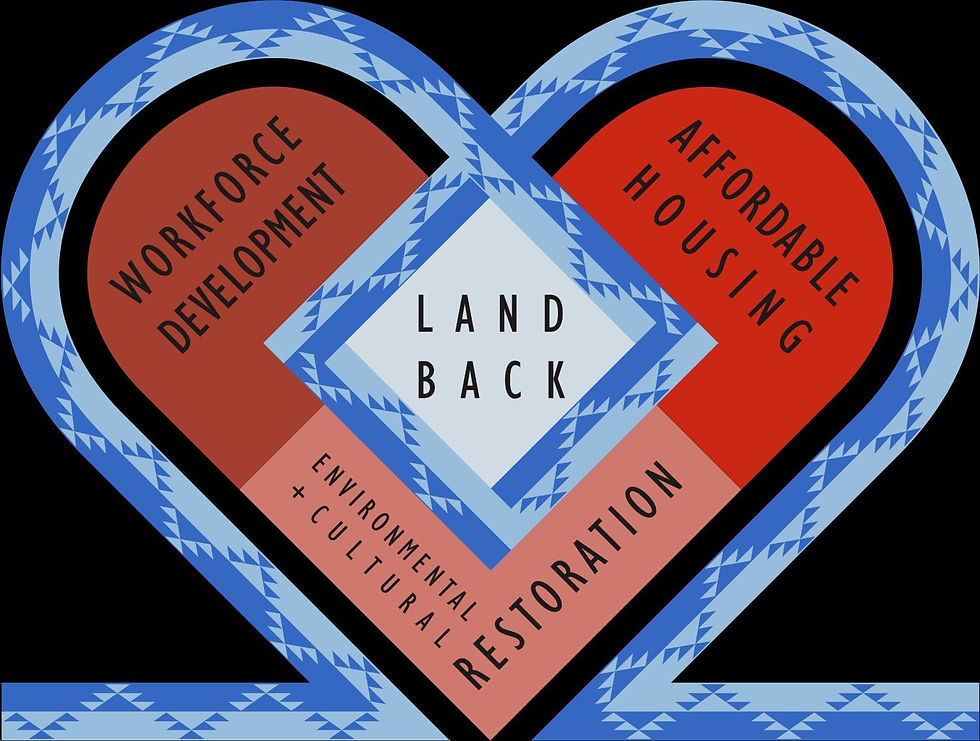
In honor of Native American Heritage Month, we would like to express our gratitude for the Indigenous peoples of this nation. The origins of Thanksgiving are sordid and to many represent grief and mourning, for the arrival of colonists and the centuries of Indigenous genocide, displacement, and oppression that followed. We acknowledge this injustice and strive to restore the relationships with Native peoples and their homelands.
Prior to European contact, over 500 groups of indigenous people called what is now California home, and today there are about 110 federally recognized tribes with lands in California with over 80 additional groups seeking federal recognition. It is thanks to Indigenous cultural and stewardship since time immemorial that this region is replete with bounty. Let’s celebrate the revitalization of Traditional Knowledges and the ongoing Tribal stewardship of ancestral lands and waters. There is an incredible amount of restoration underway, and here we highlight just a few of the numerous Tribal efforts in Northwest California:
Winnemem Wintu Tribe

After years of hard work, in 2022 the Winnemem Wintu Tribe reintroduced Nur (Chinook salmon, Oncorhynchus tshawytscha) to Winnemem Waywaket (the McCloud River) for the first time since spawning habitat was blocked and flooded with the construction of the Shasta Dam in 1947, and salmon populations began dwindling. Since reviving a war dance on the Shasta Dam in 2004, the Winnemem Wintu people have lobbied hard to bring wild winter-run Chinook back to sustainable numbers. Chinook salmon are spiritually and culturally significant to the Tribe, exemplified by an ancient prophecy: “When there are no more salmon, there will be no Winnemem Wintu Tribe.”
After drought and industrial diversions particularly devastated Chinook populations in the summers of 2021 and 2022, in July 2022 the Tribe and several fish and wildlife agencies transferred fertilized salmon eggs from a Sacramento River hatchery and successfully incubated them along the McCloud River. In summer 2023, the Tribe developed their own Nur Nature-Based incubator that mimics the conditions of the McCloud River to rear salmon that more closely resemble wild fish. In May 2023, the Tribe also signed an agreement with state and federal partners that includes the consideration of bringing home genetic descendents of McCloud River salmon that were transplanted to New Zealand in the 1870s.
Karuk Tribe

The Karuk Tribe is working tirelessly to restore flows to the Scott and Shasta Rivers. Earlier this year, the Tribe and allies petitioned the California Water Board to set permanent minimum in-stream flows on the Scott River, which often runs completely dry during summer months when irrigators are at the peak of diverting and pumping water for agricultural purposes.
The Scott River provides important habitat for endangered salmon fisheries, and has historically been a stronghold for Chinook salmon as well as federally threatened achvuun (coho salmon, Oncorhynchus kisutch). Áat (Spring Chinook, Oncorhynchus tshawytscha) have already been extirpated from this watershed, and it is feared that if something is not done soon, other salmon will face a similar fate. The Water Board has accepted the Scott River flow petition, and due to strong public pressure, added the Shasta River to the petition. Earlier this month, the Water Board released preliminary draft flow regulations that are available for public review and comment, which the Water Board will consider in mid-December. We will continue to engage with the Water Board and support Karuk efforts to advocate for Scott and Shasta River flows.
Yurok Tribe

The Yurok Tribe’s prey-go-neesh restoration program has reintroduced prey-go-neesh (California condor, Gymnogyps californianus) in Northern California after they were extirpated more than 100 years ago. The condor reintroduction project was initiated by the Tribe in 2008. In 2022, they released 8 condors into the wild, and three more were released earlier this month. As part of the Yurok belief in world renewal and restoring balance, they plan to restore as much fish and wildlife habitat as possible in their ancestral territory. Watch the Yurok Condor Live Feed at www.yuroktribe.org/yurok-condor-live-feed.
Hoopa Valley Tribe

The Hoopa Valley Tribe sued the federal government in October 2022 for diverting water from hun’ (the Trinity River) to Central Valley irrigators and then failing to collect fees from the irrigators for environmental restoration work along the watersheds that are impacted by water diversions. Central California’s Westlands Water District, the largest water district in the U.S. and owner of the Central Valley Project and California State Water Project, intervened and the lawsuit is tied up in court, but we are hopeful that Hoopa prevails and irrigators are held accountable to pay fees for Northern California river restoration.
Pit River Tribe

To kick off Native American Heritage Month, the Pit River Tribe moved to protect their homelands Sáttítla, also known as the Medicine Lake Highlands, as a national monument. The forested lands and clear blue water, located near the base of Mount Shasta, hold profound cultural significance for numerous Indigenous Peoples including the Pit River, Modoc, Shasta, Karuk, and Wintu Nations, serving as a site for ceremonies and traditional practices to this day. The Highlands could rightfully be called the headwaters of California for its role in providing pure water to millions of residents and wildlife, as well as serving agricultural needs. For decades, the Highlands have been under threat from geothermal development. Join voices with the Pit River Tribe to protect this water source and ensure that current and future generations are able to practice time-honored traditions on unspoiled lands.
Yurok-Tolowa-Dee-ni' Indigenous Marine Stewardship Area

The Tolowa Dee-ni' Nation, Resighini Tribe of Yurok People, and Cher-Ae Heights Indian Community of the Trinidad Rancheria declared the Yurok-Tolowa-Dee-ni' Indigenous Marine Stewardship Area (IMSA) on September 21, 2023. This is the first ocean protection area designated by Tribal governments in U.S. history. This IMSA protects roughly 700 square miles of ancestral waters and coastal areas, furthering both tribal management and co-management as well as economies in the region.
This declaration also helps protect important ecosystems and species vital to Indigenous communities including, but not limited to mussels, seaweed, kelp, clams, and salmon. This champion example of Indigenous sovereignty will help the state reach its goal to protect 30% of land and coastal waters by the year 2030 through its safeguarding of biodiversity in the stretch of ocean from the California - Oregon border to Humboldt County.
Rou Dalagurr Food Sovereignty and Traditional Ecological Knowledges Institute

The Rou Dalagurr Food Sovereignty and Traditional Ecological Knowledges Institute broke ground in October 2021. This program, championed by students in Cal Poly Humboldt’s Native American Studies (NAS) department since 2019, has developed curriculum, internships, research opportunities, workshops, and programs that foregrounds autonomy and self-determination for Tribes in the region. The physical site offers a space for basket weaving, preparing traditional foods and regalia making. Because Indigenous communities maintain self-determination over how their knowledges are approached, researched, engaged with, represented, and managed at the lab, it has therefore strengthened the bond between our local community, Indigenous Nations, and students at Cal Poly Humboldt.
Yocha Dehe Wintun Nation

In October 2022, the Yocha Dehe Wintun Nation called on President Biden to expand the Berryessa Snow Mountain National Monument by 3,925 acres to include Molok Luyuk (Condor Ridge). Molok Luyuk has been a target for wind energy development, despite being a sacred place to many surrounding Indigenous communities and home to more than 30 rare plant species. Expanding the monument will protect this sacred area from future development. Additionally, the tribe is creating a co-management strategy so that they can steward the land along with the Bureau of Land Management and ensure tribal ecological knowledge and traditions are ingrained into the future monument’s management. Legislation to expand this monument has been advanced through the Senate Energy and Natural Resources Committee with unanimous support as of May 17, 2023.
Wiyot Tribe

The Wiyot Tribe created the Dishgamu Humboldt Community Land Trust (named after the Soulatluk word for love) with the mission of restoring balance to Wiyot land by developing desperately needed affordable housing. In July 2023, the City of Eureka awarded the land trust the right to develop 93 units of affordable housing on two city-owned downtown parking lots. Denser, infill development like Dishgamu that plans to build housing downtown is integral to reducing our carbon dioxide emissions and fighting climate change. It will also protect our agricultural areas, forests, and ecosystems from the negative environmental impacts of urban sprawl.
Blue Lake Rancheria

The Blue Lake Rancheria has developed a microgrid that provides low-carbon electricity, storage, and the ability for the Rancheria to “island” during emergencies. That means that even if the area loses power, the Tribe and its essential infrastructure keeps working! The Rancheria has used its microgrid to support the local community during PG&E public safety power shut offs and other emergencies.
Indigenous Peoples Burning Network

The Indigenous Peoples Burning Network is a support network among indigenous communities, led by indigenous elders and practitioners who are revitalizing their traditional fire cultures in the contemporary context of wildfire with the goal of sustaining permanent, place-based Indigenous fire cultures. Founded in 2015 in the combined ancestral territories of the Yurok, Hoopa, and Karuk Tribes, the network has since grown to include participants in multiple U.S. states. The network’s activities are customized by and for each participating community to honor their self-determination and fire culture and to help bring fire back into balance. Typical activities include community- and family-based burning, fire training that supports Indigenous cultural burning, culturally centered fire planning, Indigenous-led research, and connecting elders and youth to prepare the next generation of cultural fire practitioners.
Klamath Dam Removal

After all of the Klamath Tribes worked tirelessly for decades to remove the four dams blocking salmon habitat in the Upper Klamath Basin, the first dam came out this year! Their strong presence, creative campaigns, and willingness to travel the world to bring awareness of the impacts Klamath dams on fisheries, tribes and river communities, have led to the largest dam removal and river restoration project in the history of the United States. We look forward to celebrating the removal of the remaining dams by the end of 2024 and a free flowing Klamath River teeming with healthy salmon!


Comments